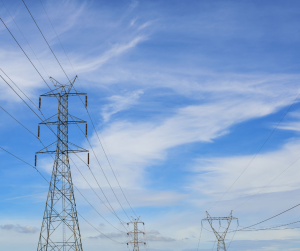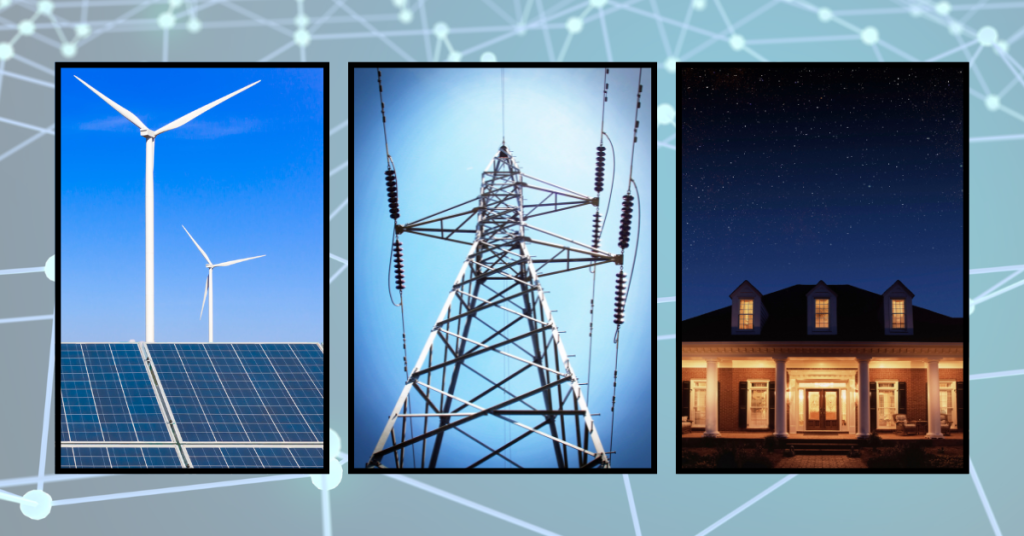Our modern lives are increasingly dependent on electricity. From charged phones waking us up in the morning and then telling us where to drive (sometimes in an electric car) to air fryers and induction stoves playing a supporting role at dinnertime. How we use electricity, and how much of it we use, is changing. How we generate electricity is also changing. And that means changes are afoot for our electricity grid.
Some of these changes are already underway and moving through a regulatory process at the Public Service Commission of Wisconsin. Three large power lines were identified by the grid operator in the Midwest (Midcontinent Independent System Operator, or MISO) as necessary for the electrical grid of the future. MISO recognizes that the clean energy transition is happening because renewable energy is cost-effective, utilities and states have carbon-free electricity goals or laws, and the amount, and timing, of the region’s electricity demand is changing. The three transmission lines identified for Wisconsin are now seeking state regulatory certificates by justifying their siting routes, environmental impacts, and costs.
Much of the footprint of these three lines is along existing powerline paths. The utilities plan to take down the existing structures and rebuild them to string up both the old and the new lines. In places where that is not possible, the utilities are using existing “right of way” alongside highways and railroads. The right of way is the area underneath or next to infrastructure projects that must be kept free of obstacles, like trees or buildings, for safety. These siting decisions will limit the impact on landowners and the environment. Using the same paths as existing power lines means there is less visual disturbance for nearby residents as well as less habitat fragmentation and fewer new obstacles for migrating birds and other wildlife to navigate.

These lines will enable more than 2,300 MW of solar and more than 800 MW of wind to be added to Wisconsin’s grid. And beyond accommodating more clean energy, they will also keep the lights and power on during extreme weather events like heat waves and polar vortexes.
Because the transmission lines were identified by MISO in their long-term planning process, these lines will not be paid for just by Wisconsin residents and businesses. Rather, the costs, and the benefits, will be spread across MISO’s north territory from North Dakota to Michigan and down to Missouri. And for every $1 spent on these transmission projects, Wisconsinites will see $3.50 in benefits like fewer blackouts and more access to cheaper electricity.
Communities hosting these lines will also receive unique benefits due to a Wisconsin law. Utilities that own large transmission lines have to pay host county and town governments every year. The fees from previous large power lines have paid for road repairs, snowplows, increased broadband access, and new parks. If approved, these lines will funnel millions of dollars to rural Wisconsin communities every year.
With more electricity demand from residents and businesses across the United States and more homegrown solar and wind coming online, the electric grid of tomorrow will look very different from the grid of yesterday. It is time to update the grid to reliably and affordably power our clean energy future. Wisconsin is poised to be part of this change that is a-coming.

